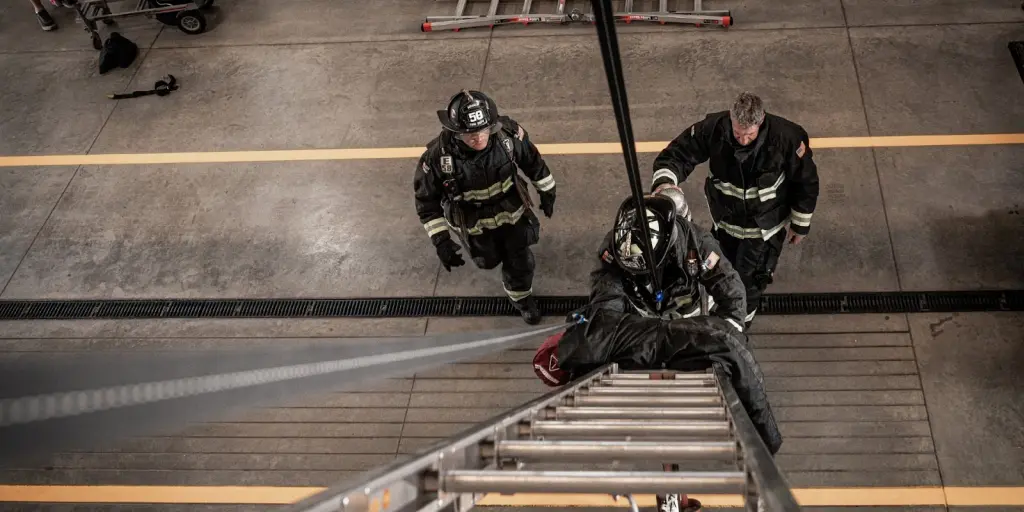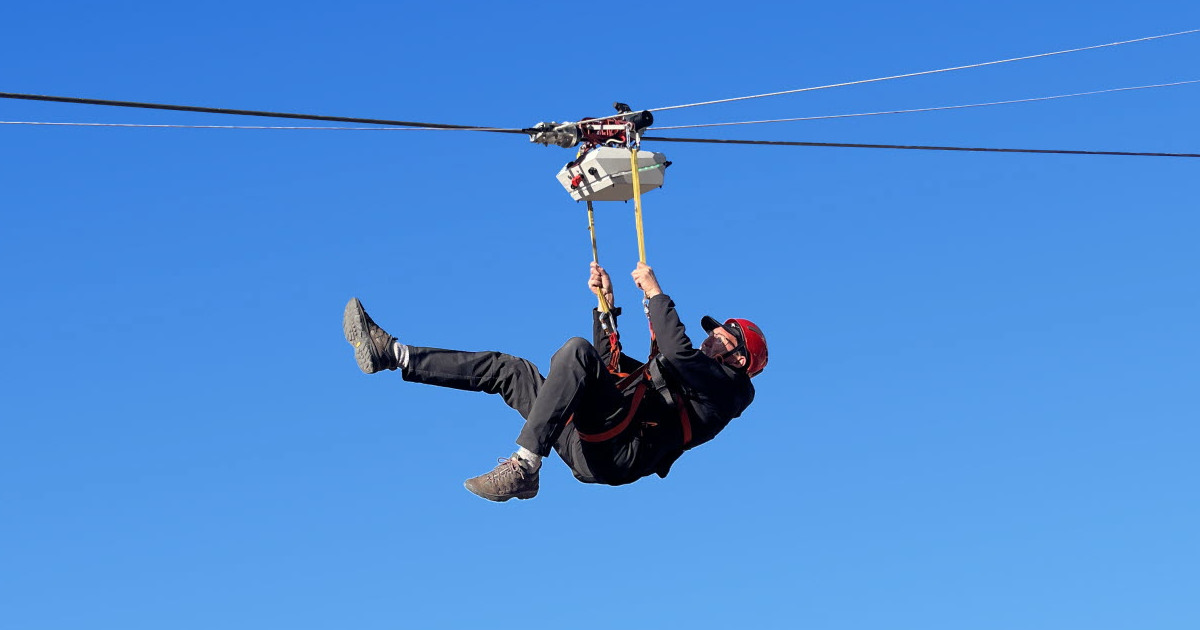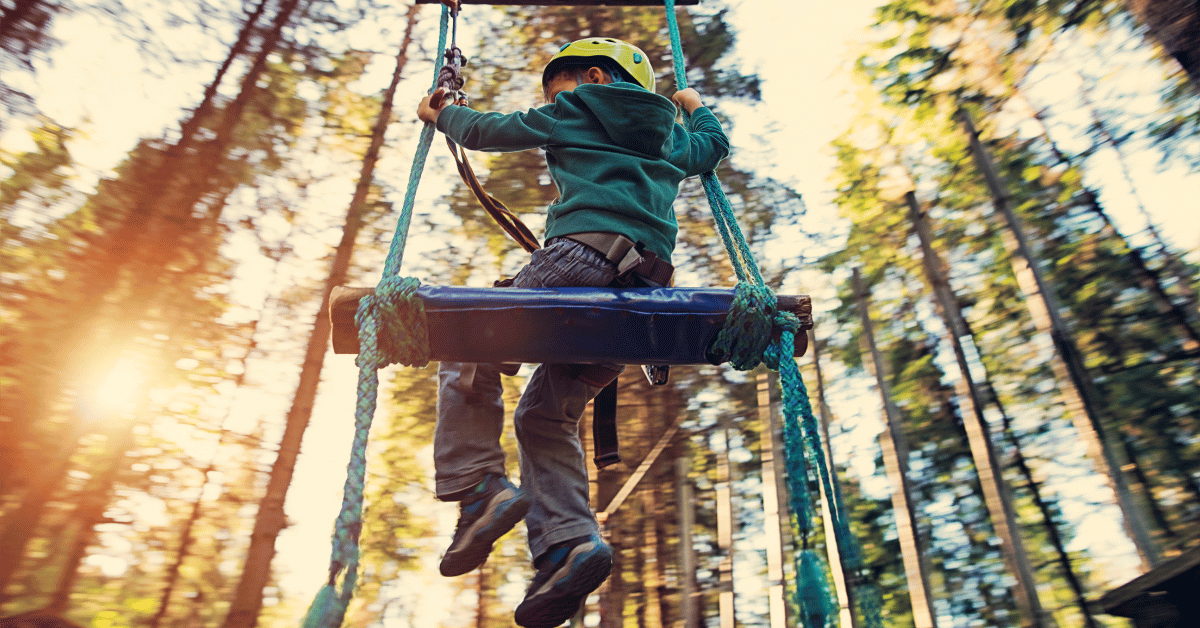
Safety training requires equipment that mimics real-world conditions while providing an absolute safety net for every participant. The Trublue Safeline offers a seamless blend of dynamic movement and reliable fall protection for professional operators across multiple industries. By removing human error and nuisance lockups, you can focus on mastering essential skills with complete peace of mind.

In the competitive world of zip wire parks, operational bottlenecks often stem from the logistical hurdles of gear retrieval and inconsistent arrival speeds. Traditional systems rely heavily on manual labor and passive braking that can vary wildly based on rider weight or environmental conditions. Modern innovation has introduced the self-braking zipline trolley, a tool that not only regulates speed for participant safety but also captures energy to solve the problem of equipment return. By integrating bi-directional autonomy with advanced braking technology, operators can now achieve a level of efficiency that was previously impossible, transforming the zipline from a high-maintenance attraction into a streamlined, high-throughput asset.

Operating a high ropes course or adventure park comes with a heavy responsibility: the absolute safety of your guests. In an industry built on thrills and perceived risk, the structural integrity of your facility is the silent foundation of your success. Navigating the complex landscape of safety certifications, from the initial build to daily operations, can be daunting. Yet, understanding the nuances of independent inspections and the specific standards that govern your equipment is crucial. Whether you are managing a forest climbing park or a traditional team-building course, ensuring your facility is certified by unbiased experts is the definitive step toward operational excellence and peace of mind.













